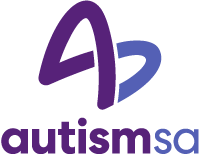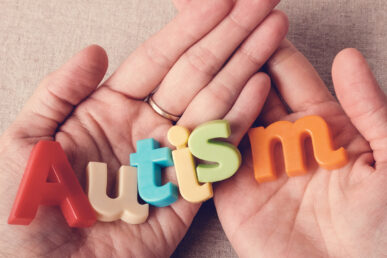What is the difference between autism and Asperger’s?
The difference between autism and Asperger’s is a question that often features in discussions about autism.
Asperger’s was included in the Diagnostic and Statistical Manual of Mental Disorders, 4th Edition (DSM-4) for the first time in 1994, where it appeared as a separate presentation of a pervasive developmental disorder.
Key characteristics associated with Asperger’s syndrome in DSM-4 were:
- Difficulties with social interaction and social communication
- Restricted and repetitive behaviours
- No intellectual disability, and
- No delay in verbal speech development.

Other diagnoses that were thought to be different categories of autism were included in DSM-4 under the umbrella title of Pervasive Developmental Disorders. These included:
- Autistic Disorder
- Childhood Disintegrative Disorder, and
- Pervasive Developmental Disorder Not Otherwise Specified, known as PDD-NOS.
Autism and DSM-5
In May 2013, the diagnostic criteria for autism changed with the release of the latest diagnostic manual, known as DSM-5, and Asperger’s syndrome (or Asperger’s disorder, as it was also sometimes called) is now considered part of the autism spectrum under DSM-5.
This means it does not have its own distinct diagnosis and instead falls under the diagnosis of an Autism Spectrum Disorder (ASD).
As of 2013, within the DSM-5 Asperger’s syndrome is now considered part of the autism spectrum and does not have its own diagnosis.
Why was Asperger’s diagnosed separately?
Often an Asperger’s diagnosis occurred at a later stage for children, as signs and characteristics may have only begun to be observable when the socialisation demands that going to school places on a child started to have an impact.
Individuals classified as having Asperger’s often acquire language capability at a time commensurate with their age (although they may have difficulties in engaging with more subtle uses of language), while others on the autism spectrum may develop the ability to use words and sounds for communication at a delayed rate, with some individuals’ language not developing at all.
Those previously diagnosed with Asperger’s tend to have average, or above average, IQ levels.

What does this mean for me?
This greater understanding of the diverse nature of autism has meant changes in the way Autism Spectrum Disorder is assessed and diagnosed.
Generally, children and young people in South Australia are diagnosed using the criteria set out in the DSM 5, which no longer includes Asperger’s syndrome, but are instead diagnosed with an Autism Spectrum Disorder.







